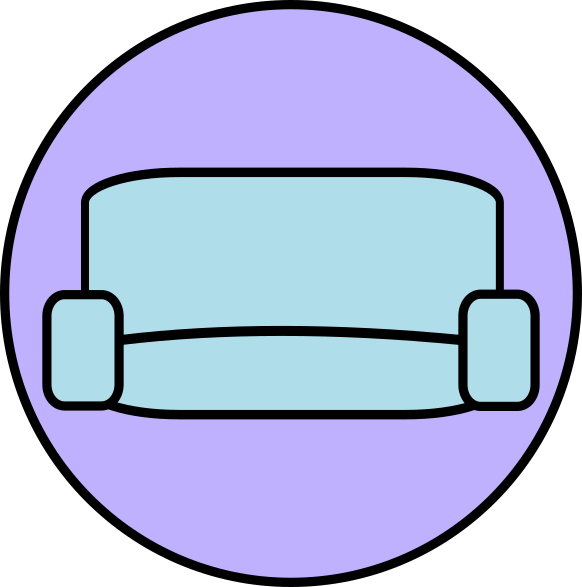

No single wallet has even close to 1 million Bitcoins. It’s a public block chain and you can find a list of the largest wallets in a website like this: https://bitinfocharts.com/top-100-richest-bitcoin-addresses.html
Also, regarding the unfair advantage of the genesis block, Bitcoin’s code was actually written in a way that prevents this balance from being transfered. It’s forever locked in the wallet at this address: 1A1zP1eP5QGefi2DMPTfTL5SLmv7DivfNa.




Lol, it’s a clip from Caddy Shack and clearly a joke pal.